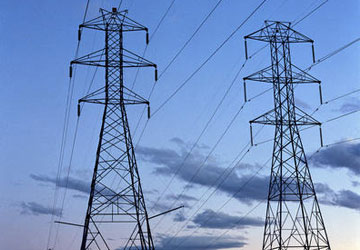 The power ministry plans 100% electricity supply all over India by 2012. However, statistics from the Central Electricity Authority (CEA) show an increase in the demand-supply gap during peak hours from 11.9% in 2008-09 to 13.3% in 2009-10.
The power ministry plans 100% electricity supply all over India by 2012. However, statistics from the Central Electricity Authority (CEA) show an increase in the demand-supply gap during peak hours from 11.9% in 2008-09 to 13.3% in 2009-10.
The total energy deficit has come down from 11.1% in 2008-09 to 10.1% in 2009-10. However, power experts believe it is the peak-hour deficit that is the main concern and which needs to be monitored.
“I would be concerned about the peak deficits. We will have to plan capacities to match the peak deficits. There is a lot of electrification that needs to be done, there is a lot of pent-up demand,” said Kuljit Singh, energy expert and partner, (transaction advisories services), Ernst & Young, India.
Mr Singh also pointed out that the peak-hour deficit might be much higher than the projection by the government body. “The real peak demand may be much higher than the projected peak demand. There may be a lot of peak demand that is not coming on-stream because there is no capacity. The 11% projected deficit is also not in synch with the experiences of larger cities that are going through load-shedding for hours together,” stated Mr Singh.
If the official figures released by CEA are anything to go by, the western region and the north-eastern region have recorded a significant improvement in the demand-supply scenario. The power deficit in the north-eastern region has improved from 14% in 2008-09 to 11.1% in 2009-10. Similarly, in the western region, the power deficit has improved from 16% to 13.7% in the same period. — Amritha Pillay